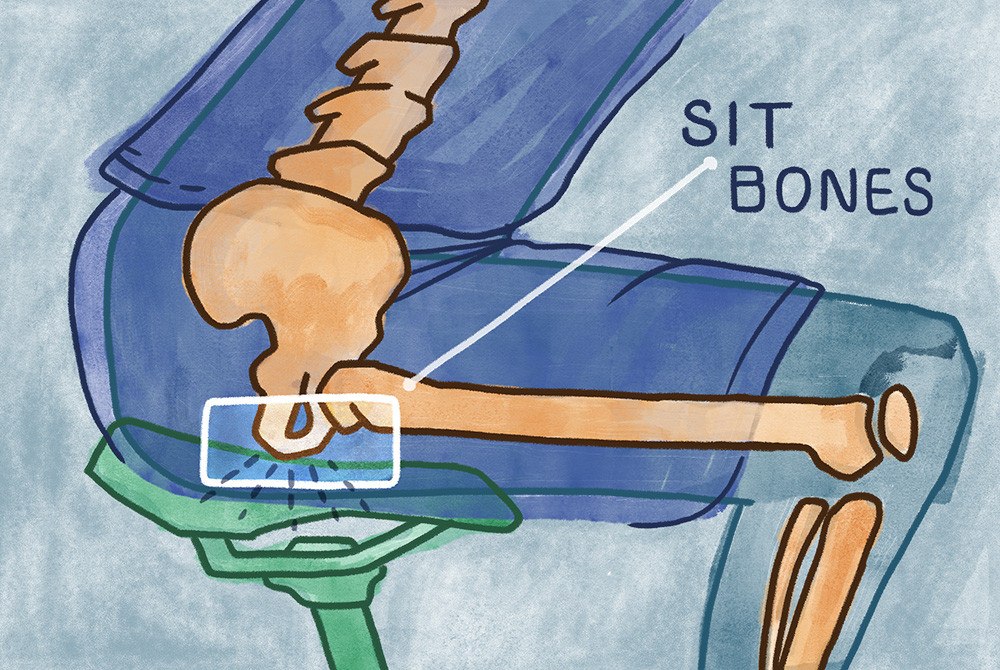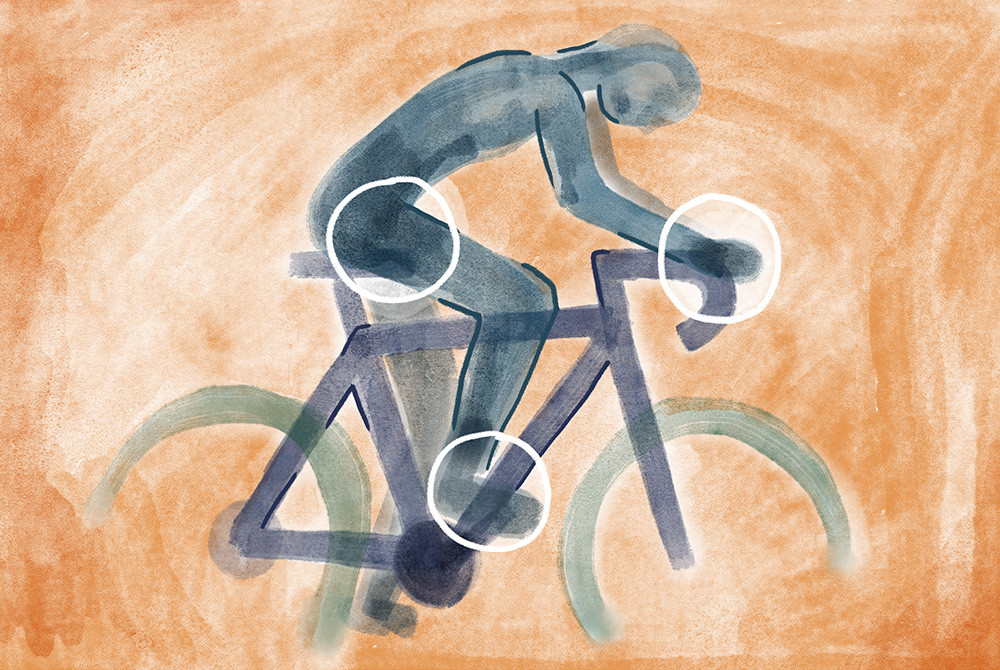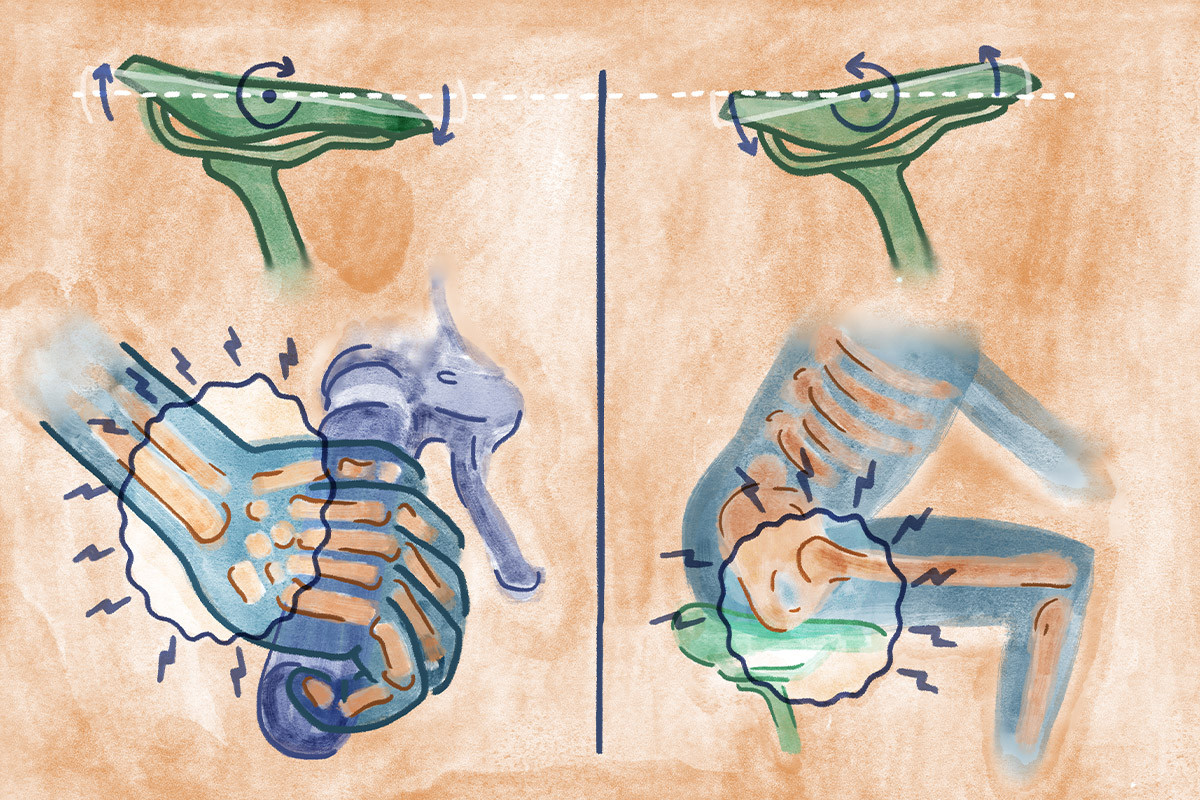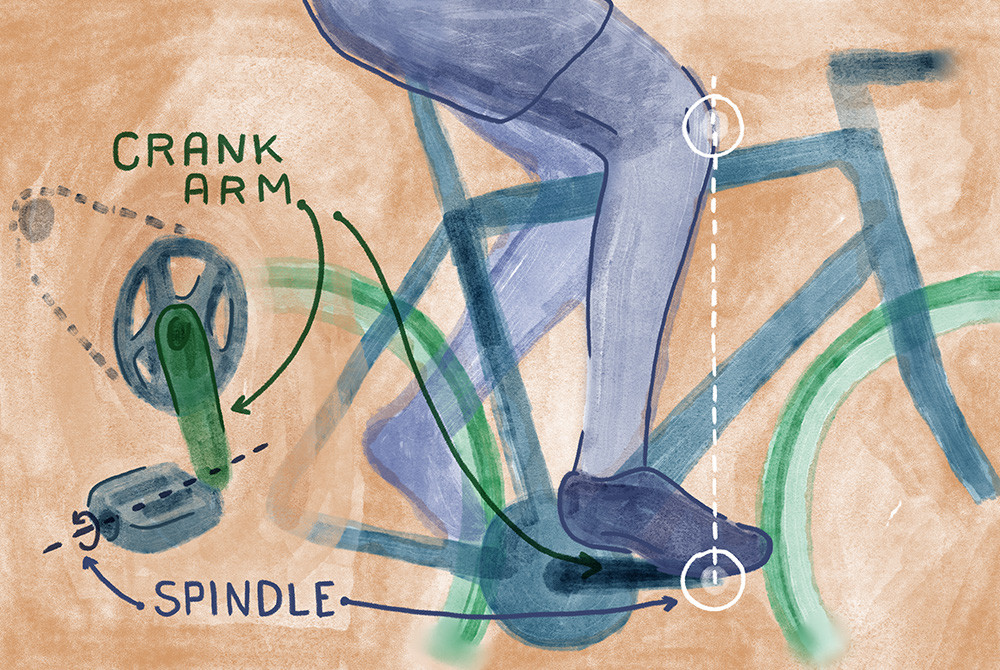Cycling is a fantastic form of exercise and transportation, but for many women, discomfort in the saddle area can be a significant deterrent. If you’ve experienced pain, numbness, or soreness while riding, know that you’re not alone and, more importantly, it’s not something you have to endure. The key to a comfortable ride often lies in understanding your body and choosing the right women’s bike seat.
Like many female cyclists, I used to accept saddle discomfort as just part of the sport. Years of riding on ill-fitting bikes and inadequate saddles led me to believe that pain was inevitable. From traversing the Andes on a questionable $50 bike to commuting on a mountain bike with a saddle that literally shredded my shorts, my early cycling experiences were defined by perseverance over comfort. However, recent experiences with a well-suited saddle have been a revelation, prompting an “aha!” moment regarding what comfortable cycling truly feels like.
Let’s be clear: your vulva, your sensitive tissues, should not hurt when you cycle. While some initial soreness might be expected when starting out or increasing ride duration (similar to any new physical activity), persistent, sharp pain or swelling is a clear signal that something is wrong. Cycling should be enjoyable, not a source of chronic discomfort, and the solution often begins with addressing your women’s bike seat and its setup.
 Understanding sit bones and women's bike seats: How proper support prevents pain.
Understanding sit bones and women's bike seats: How proper support prevents pain.
Why Women Experience Crotch Pain from Bike Seats
For women, the primary cause of saddle pain is excessive pressure on the vulva’s delicate tissues. Ideally, your weight on a bicycle saddle should be supported by your sit bones – the bony protrusions at the base of your pelvis. When a women’s bike seat doesn’t properly accommodate these sit bones, or when the bike fit is incorrect, pressure shifts to the vulva (labia and surrounding areas). This concentrated pressure can lead to pain, swelling, and even numbness.
Incorrect saddle adjustment (height, tilt, and fore/aft position), improper bike fit overall, and, crucially, the wrong women’s bike seat are common culprits. It’s vital to remember that bike fit is not a one-size-fits-all scenario. The ideal setup is unique to each individual’s body and riding style. Comfort on the bike is subjective and depends on your personal experience and how your body feels during and after a ride.
 The three main contact points on a bicycle and their importance for women's comfort on a bike seat.
The three main contact points on a bicycle and their importance for women's comfort on a bike seat.
Adjusting Your Women’s Bike Seat: Height
Saddle height plays a critical role in distributing your weight across the three main contact points: your feet, hands, and your women’s bike seat. An improperly set saddle height, whether too high or too low, can shift weight away from your feet and hands, forcing it onto your sensitive crotch area. A general guideline is to aim for a slight bend in your knee when your leg is fully extended at the bottom of the pedal stroke. Make small adjustments to your saddle height while riding, until you achieve a balanced weight distribution across all three contact points.
 Illustrating how tilting a women's bike seat affects comfort and pressure points.
Illustrating how tilting a women's bike seat affects comfort and pressure points.
Adjusting Your Women’s Bike Seat: Tilt
Begin by setting your women’s bike seat to a neutral, horizontal position. The nose of the saddle should not be significantly angled upwards or downwards. An upward tilt can cause the saddle nose to press uncomfortably into your soft tissues. Conversely, a downward tilt can cause you to slide forward onto the narrower part of the saddle, increasing pressure and potentially causing wrist pain due to excessive weight on your hands.
 Guidance on setting the fore/aft position of a women's bike seat for optimal cycling posture.
Guidance on setting the fore/aft position of a women's bike seat for optimal cycling posture.
Adjusting Your Women’s Bike Seat: Fore/Aft Position
The fore/aft position of your women’s bike seat influences your leg extension and overall weight distribution. A common guideline is to check your knee position when your crank arm is horizontal to the ground. Ideally, your kneecap should be vertically aligned above the pedal spindle (the center of the pedal).
While some cyclists use a plumb bob for precise measurement, the key takeaway for most beginners is understanding that fore/aft adjustment is possible and impacts saddle comfort and overall bike fit. If unsure, start with the saddle in a central position on its rails and make small adjustments forward or backward to find your optimal balance and comfort.
The Importance of Overall Bike Fit for Women’s Comfort
While focusing on the women’s bike seat is crucial, remember that it’s part of a larger system: your bike fit. Human bodies and bicycles are complex and come in diverse shapes and sizes. Saddle adjustment is always relative to other bike components, and the entire bike should be adjusted to your individual body proportions.
If you’ve meticulously adjusted your saddle and still experience discomfort, the root cause might lie in a broader bike fit issue. For instance, a bike frame that is too large or too small, or handlebars that are positioned incorrectly (too high or too low), can contribute to saddle pain. In such cases, seeking a professional bike fit assessment at a bike shop or consulting a physical therapist specializing in cycling can be invaluable.
Selecting the Right Women’s Bike Seat
Ideally, after adjusting your saddle and bike fit, you should experience a significant improvement in comfort and be able to say, “This feels right!”. However, if you’ve addressed these aspects and cycling is still painful, it’s likely time to consider investing in a different women’s bike seat.
A significant challenge for women cyclists is that traditional bike saddles are often designed with male anatomy in mind. Women generally have wider sit bones than men, necessitating wider saddles to provide proper support. Fortunately, the cycling industry has responded, and there is now a growing market of women’s bike seats specifically designed to accommodate female anatomy.
Choosing a women’s bike seat is a highly personal endeavor due to the wide variation in body shapes. A saddle that works perfectly for one woman may be completely unsuitable for another. The best approach is to try out different women’s bike seat models before committing to a purchase. Many bike shops offer test saddles, allowing you to ride with different options and determine what feels best for you.
Getting Back in the Saddle Comfortably
In researching this article, I connected with fellow adventure cycling women to gather their experiences with saddle adjustment and pain. Some reported no issues, while others shared a spectrum of saddle-related dramas.
Kara de los Reyes recounted a humorous tale of touring England on a worn-out secondhand saddle that would flip upwards unpredictably. Pepper Cook shared a cautionary anecdote about how a brand-new, not-yet-broken-in Brooks saddle threw off her entire bike fit at the start of a tour. Hillary Goulet described a painful incident of “smashing her clitoris” due to sudden braking on an ill-fitting bike.
Despite these often awkward and painful experiences, these women approached the challenges with humor and a proactive attitude, making adjustments, trying new solutions, and persevering. This resilience and willingness to troubleshoot is central to the cycling spirit.
Remember, cycling endurance should not equate to enduring unnecessary pain. If cycling becomes a pain in the crotch, it’s a solvable problem. Whether it’s a quick fix or requires more experimentation, addressing your women’s bike seat and bike fit will ultimately lead to more comfortable and enjoyable rides, and your body will thank you.
Quick Guide: Troubleshooting Crotch Pain with Your Women’s Bike Seat
- Fine-tune your women’s bike seat height, tilt, and fore/aft position.
- Evaluate your overall bike fit. Consider professional assessment if needed.
- Experiment with different women’s bike seat models to find the best match for your anatomy.
